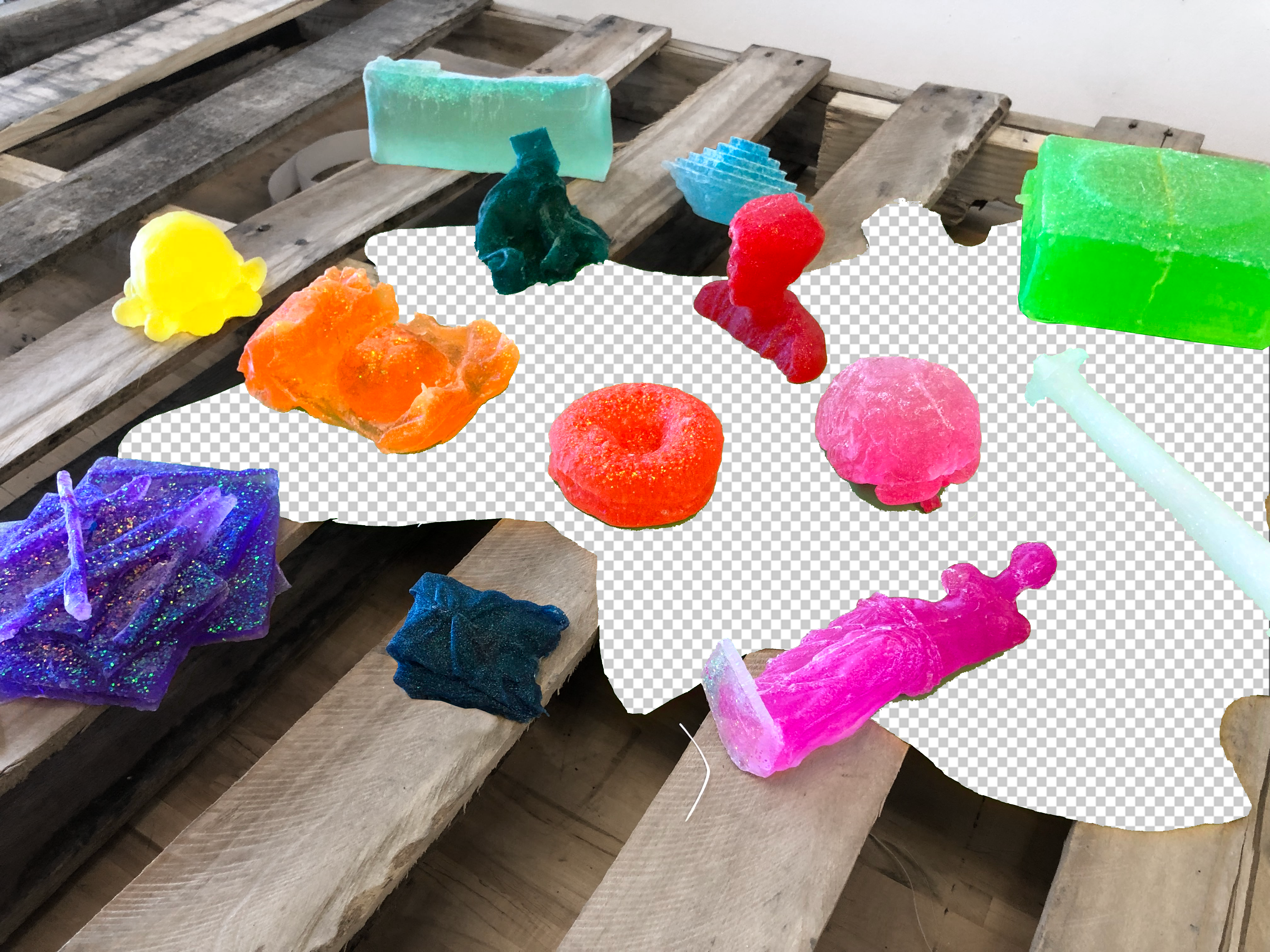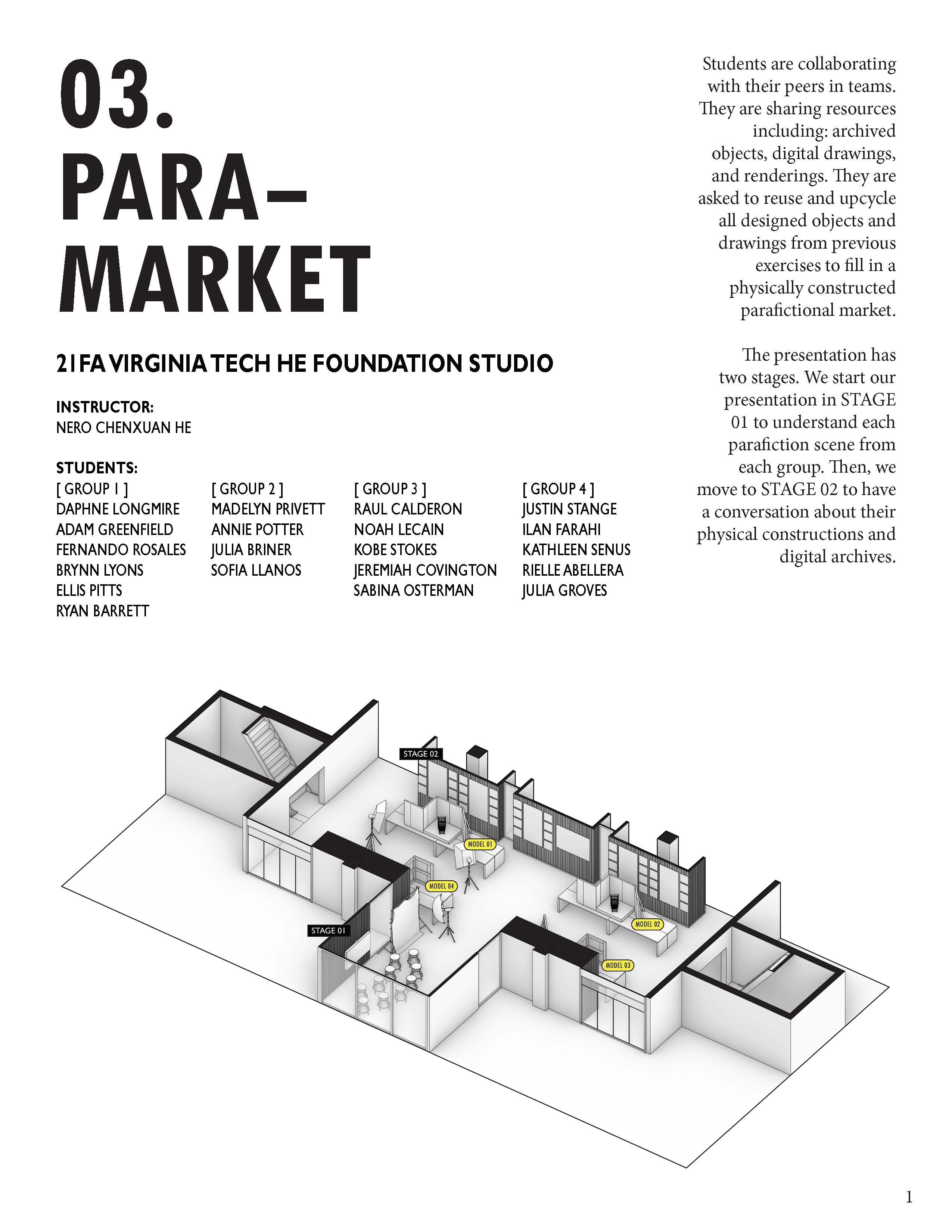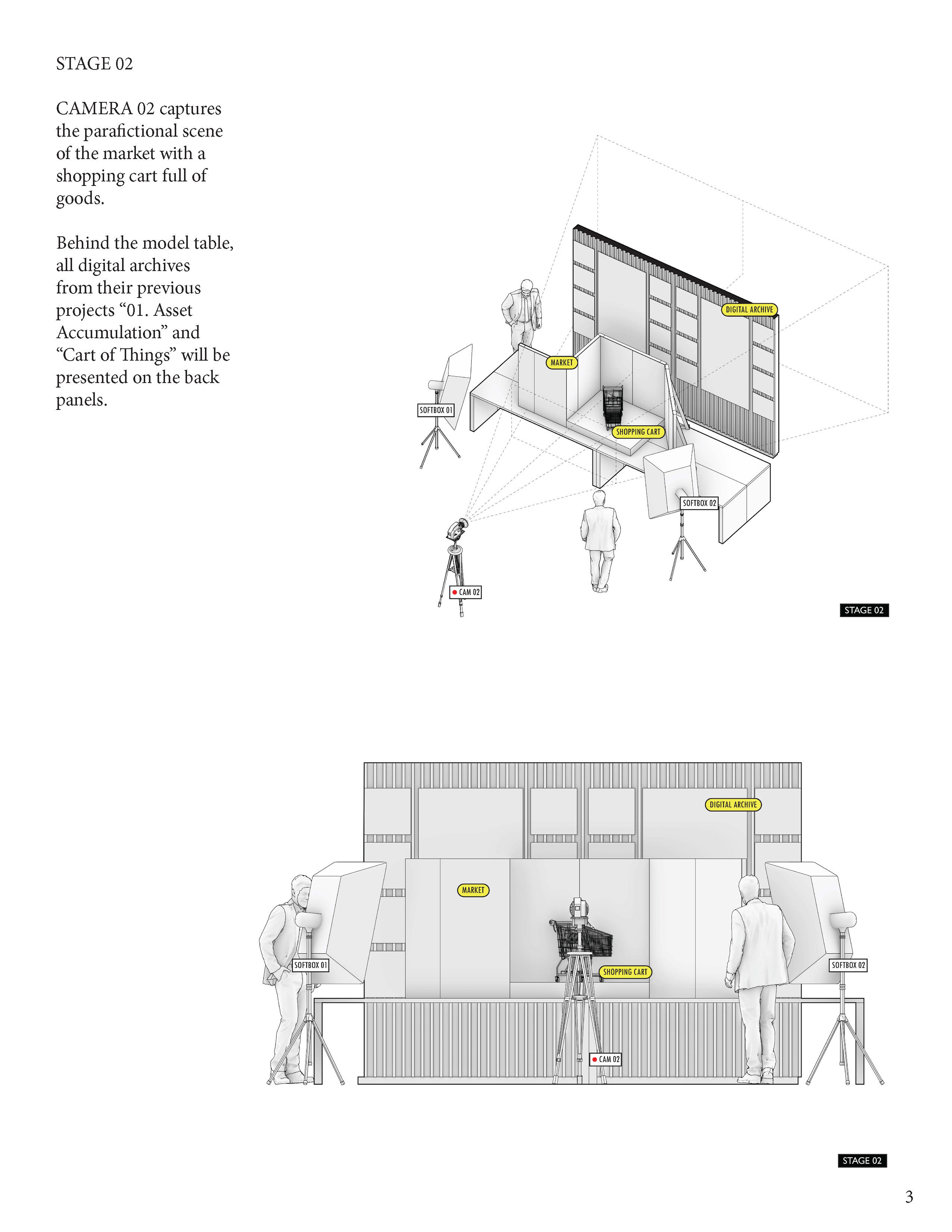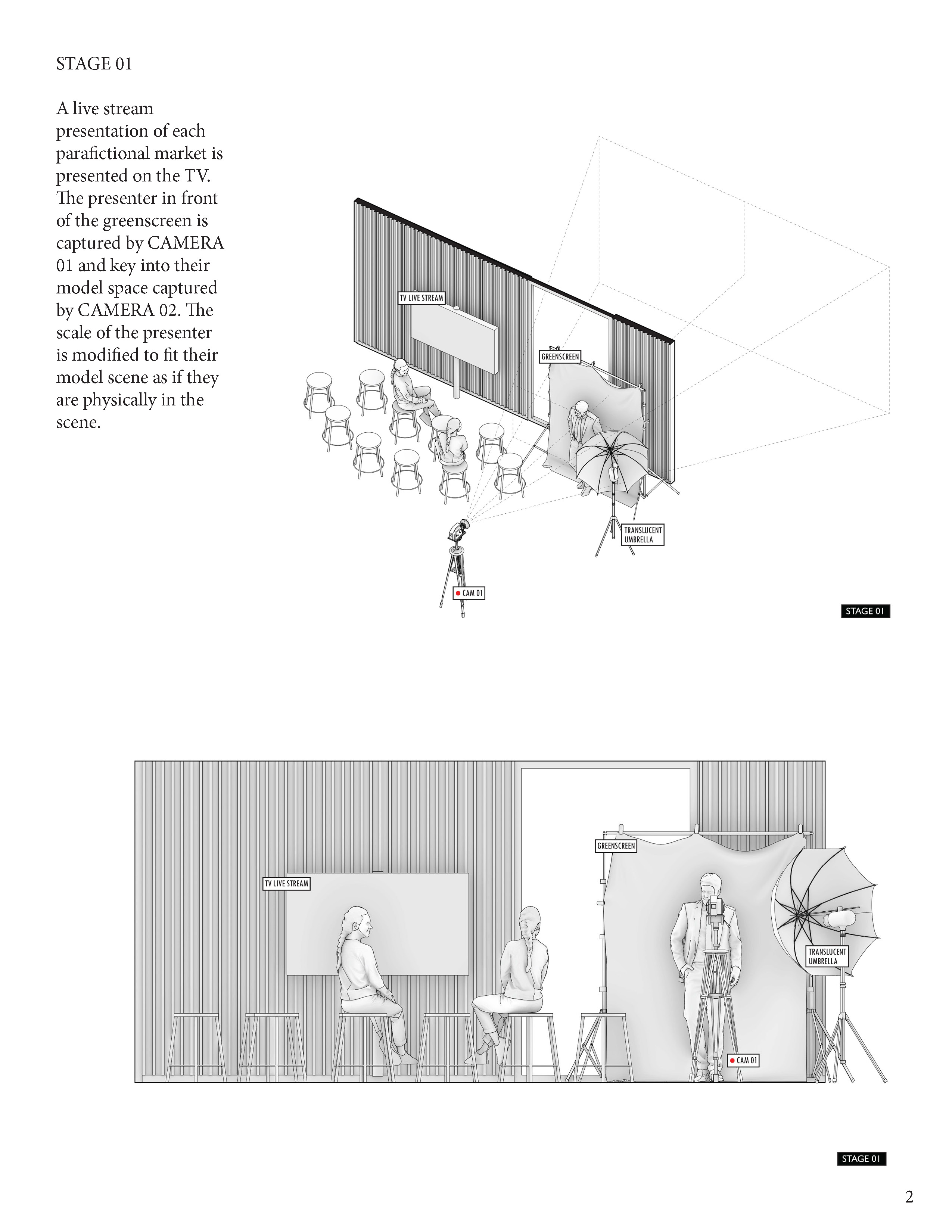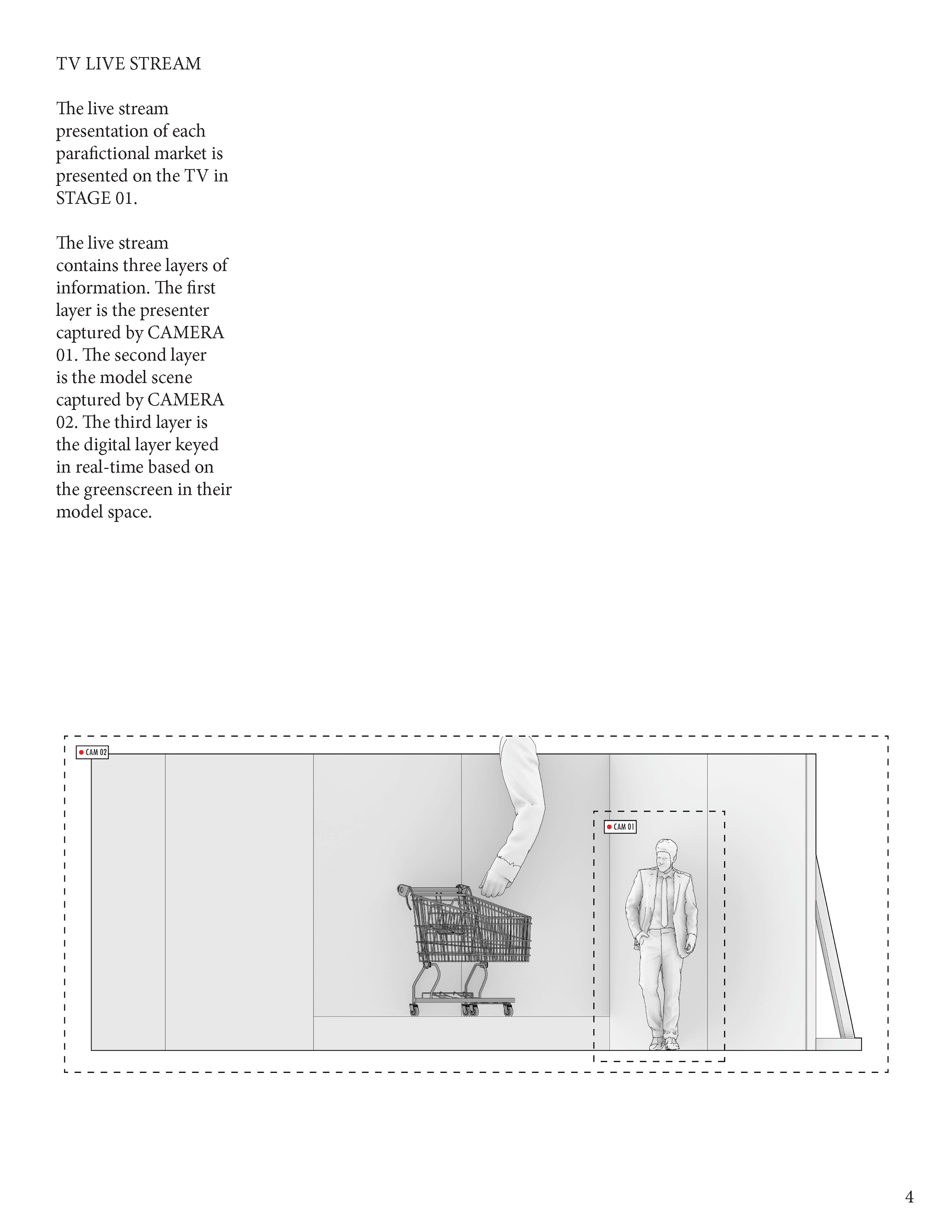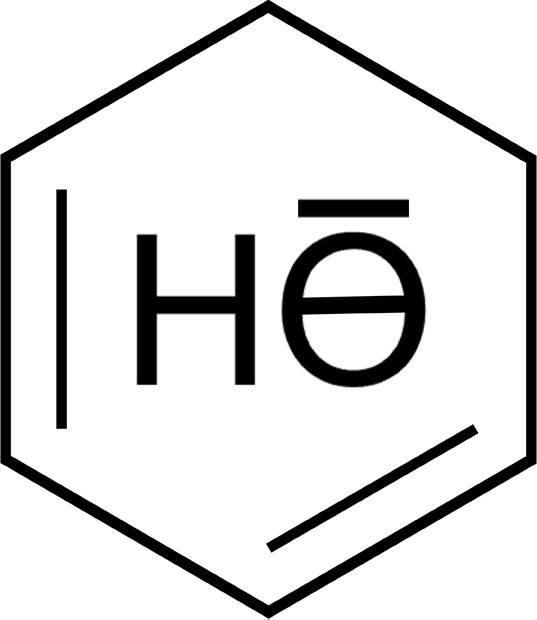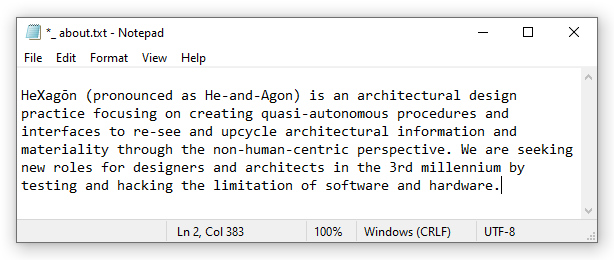_ Virginia Tech 21FA He foundation lab : be a hoarder like me
tag: [teaching] [phygital] [digi] [phys] [virginiatech]
date: 20211208
internal link: He foundation lab student team projects
external link: archdesign.caus.vt.edu; instagram.archdesignvt;
class: 2021 fall VT first year foundation lab
instructor: Nero Chenxuan He
review guests: Aaron Betsky, Margarita McGrath, Chris Pritchett, Shadi Abdel Haleem, Andrew Gipe-Lazarou, Benjamin Pennell, Isaac Mangual-Martinez, Miranda Shugars, Bill Green, Shanice Aga
students: Adam Greenfield, Annie Potter, Brynn Lyons, Daphne Longmire, Ellis Pitts, Fernando Rosales, Ilan Farahi, Jeremiah Covington, Julia Briner, Julia Groves, Justin Stange, Kathleen Senus, Kobe Stokes, Maddy Privett, Noah LeCain, Raul Calderon-Merlos, Rielle Abellera, Ryan Barrett, Sabina Osterman, Sofia Llanos
Foundation Design Laboratory I is the first studio taken by undergraduate students at Virginia Tech School of Architecture and Design. The course provides a comprehensive overview of basic design concepts and the means to systematically explore those ideas through visual, physical, and verbal modes of communication. With the ongoing notion of “upcycle digital waste,” the studio is aimed to understand the exchange of digital space, model space, and physical space.
01. Asset Accumulation
With the idea that we are very much in the world of “Big Flat Now,” the information we make and share travels through media that lack hierarchy or centrality. There is no principal authority, recognized arbitrator, or centralized archive. Students are asked to collect, document, and archive physical and digital objects. Using photogrammetry software, each student has created the digital twin of each physical object they have collected. They have individually archived each digital collection in various ways, including its dimensions, form, scale, physical weight, digital weight, etc.
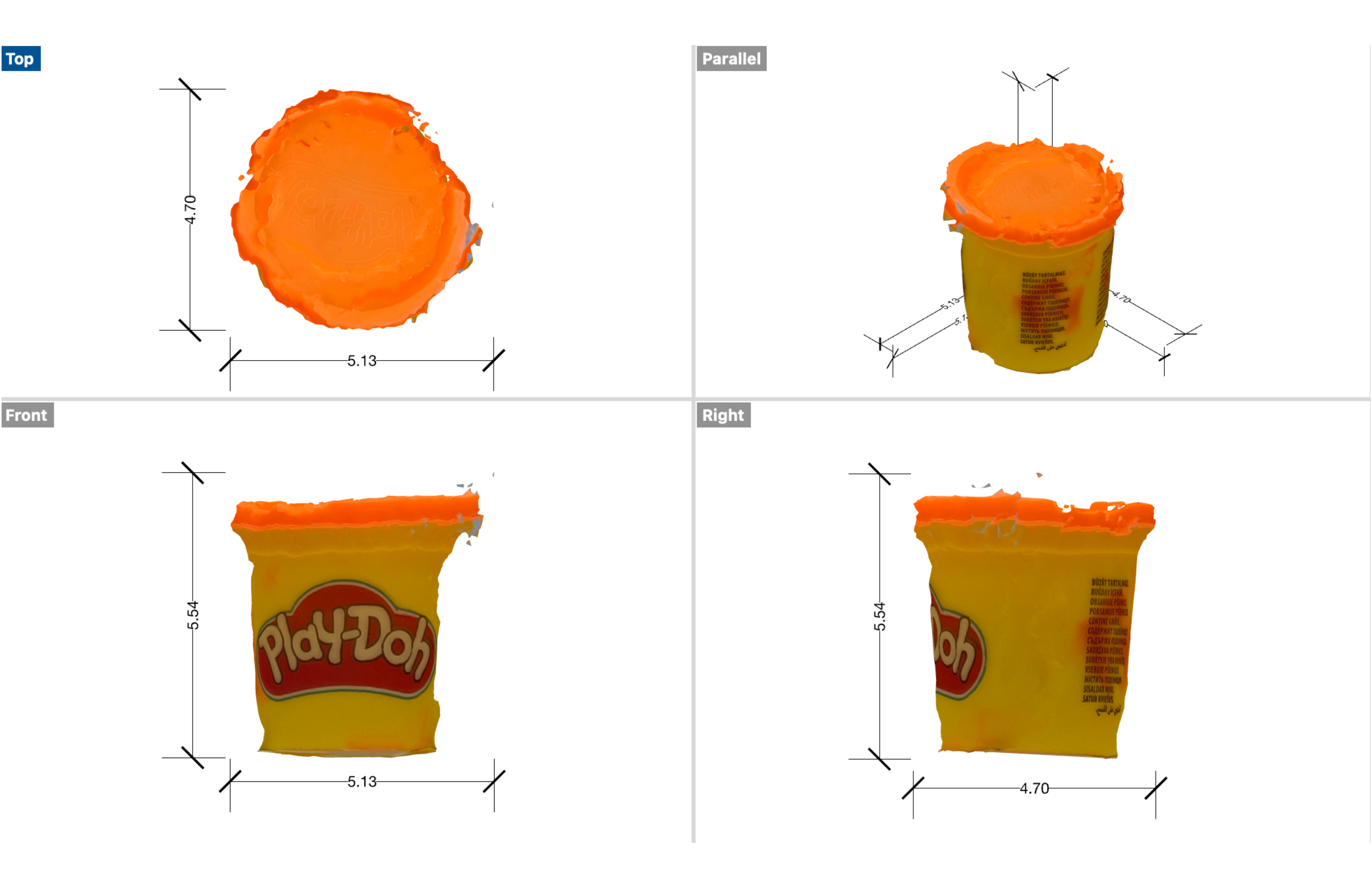


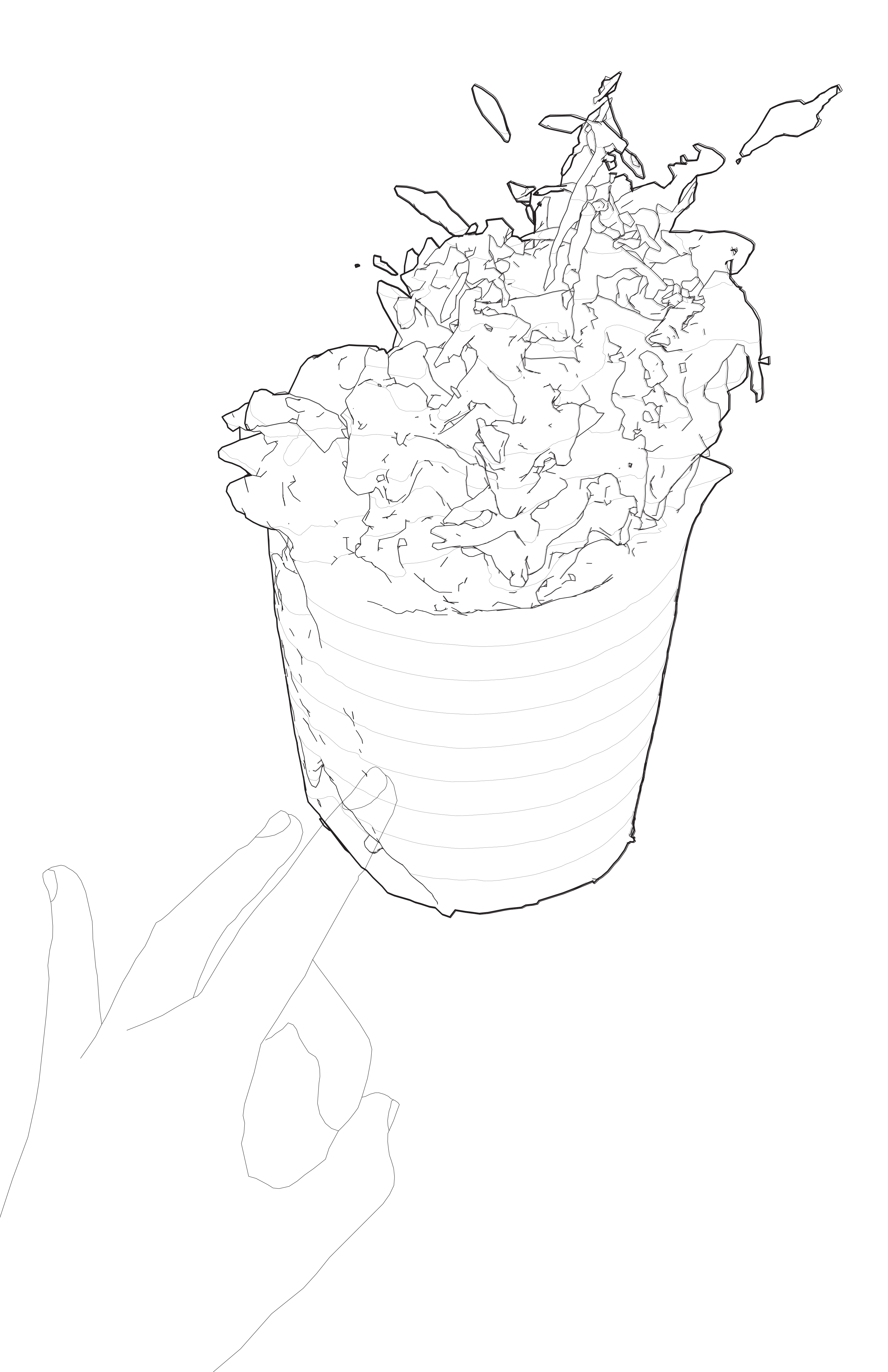
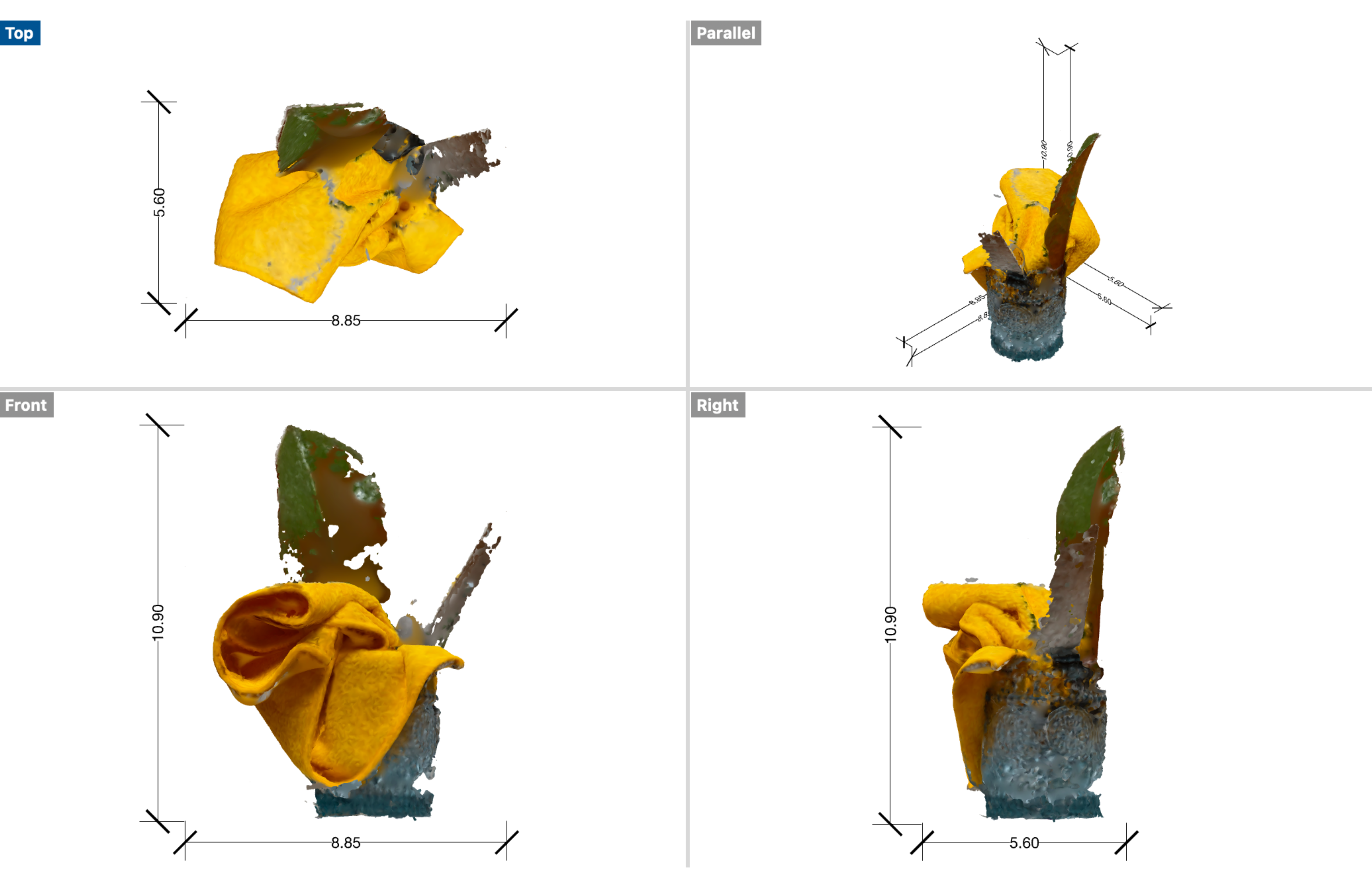

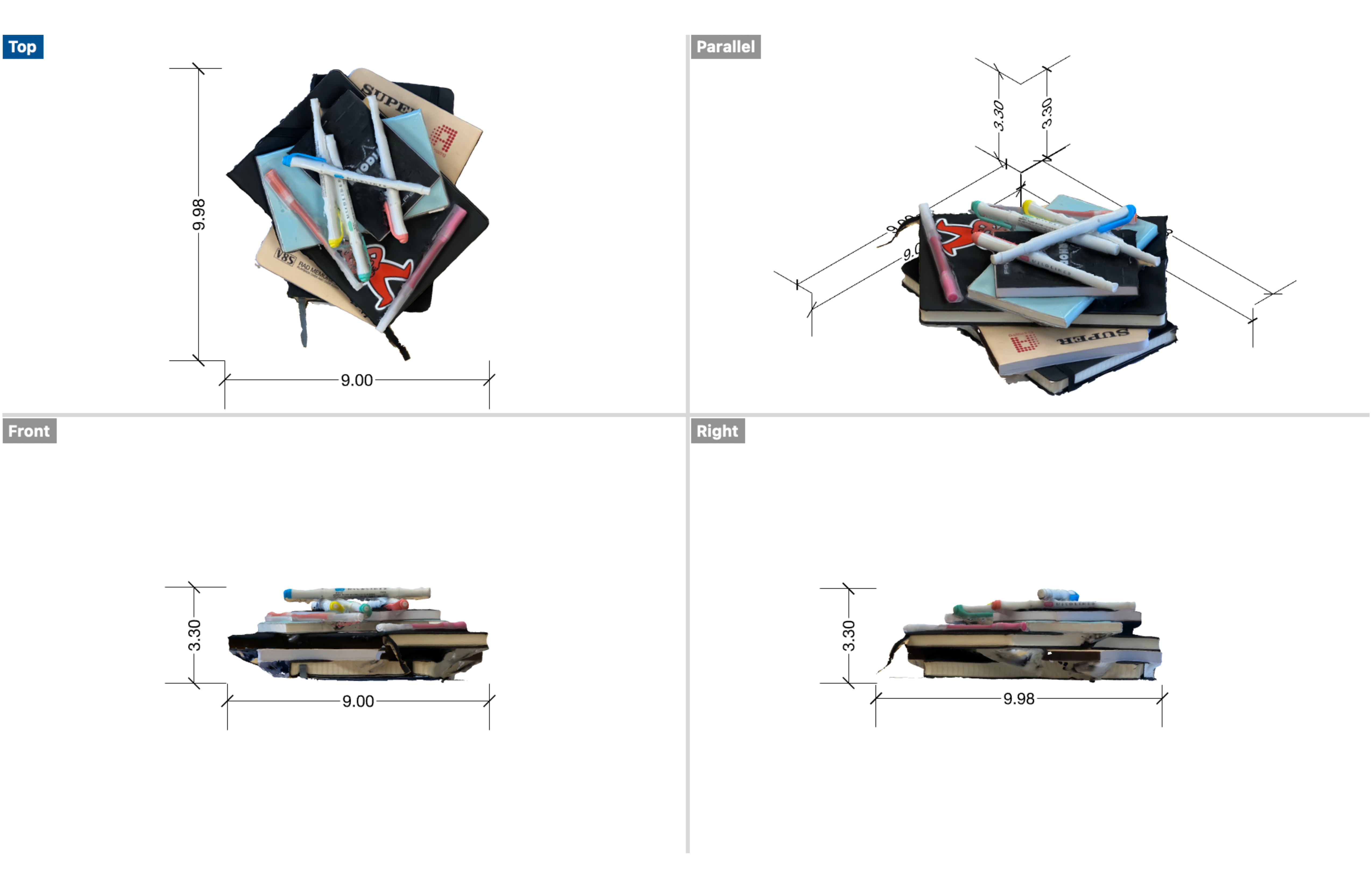




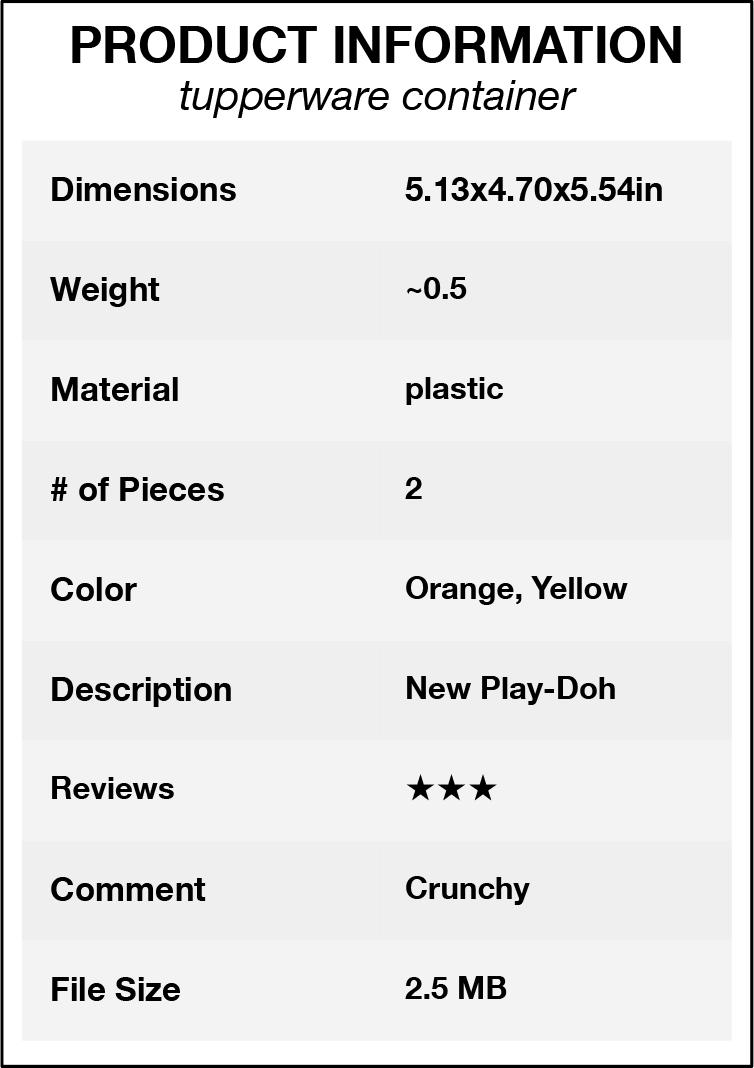






02. Cart of Things
Students collaborate with their peers in teams (2 or 3). They share resources and archived objects, then relocate and redefine each object from the new collection in a digitally modeled shopping cart with curatorial techniques to upcycle the "digital waste." For this presentation, they are focusing on the still-life quality of the overflowed shopping cart with digital renderings and vector drawings. Each object is carefully designed with "phygital materials" as a concept in mind which existed in the exchange of physical material behavior and digital material simulation.
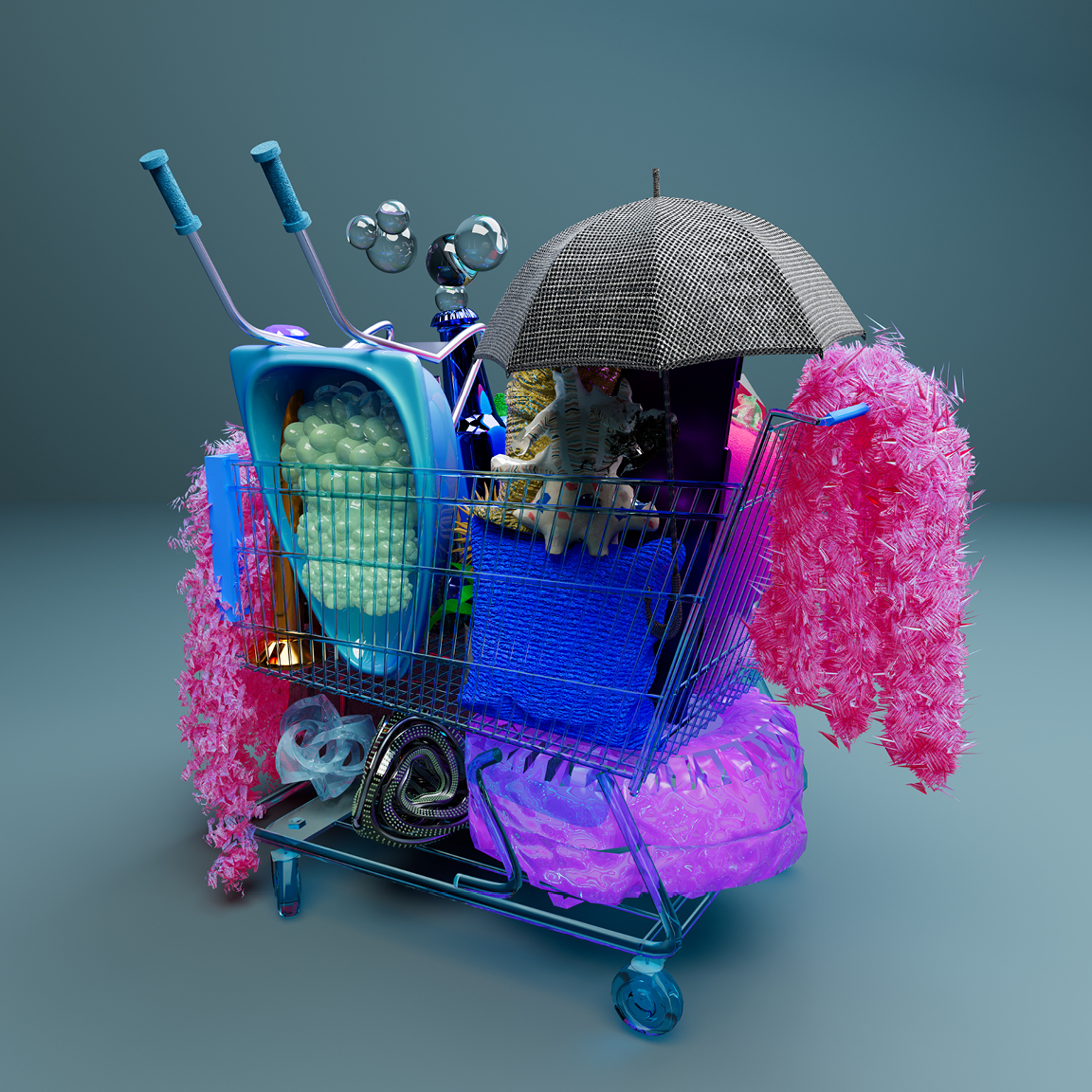



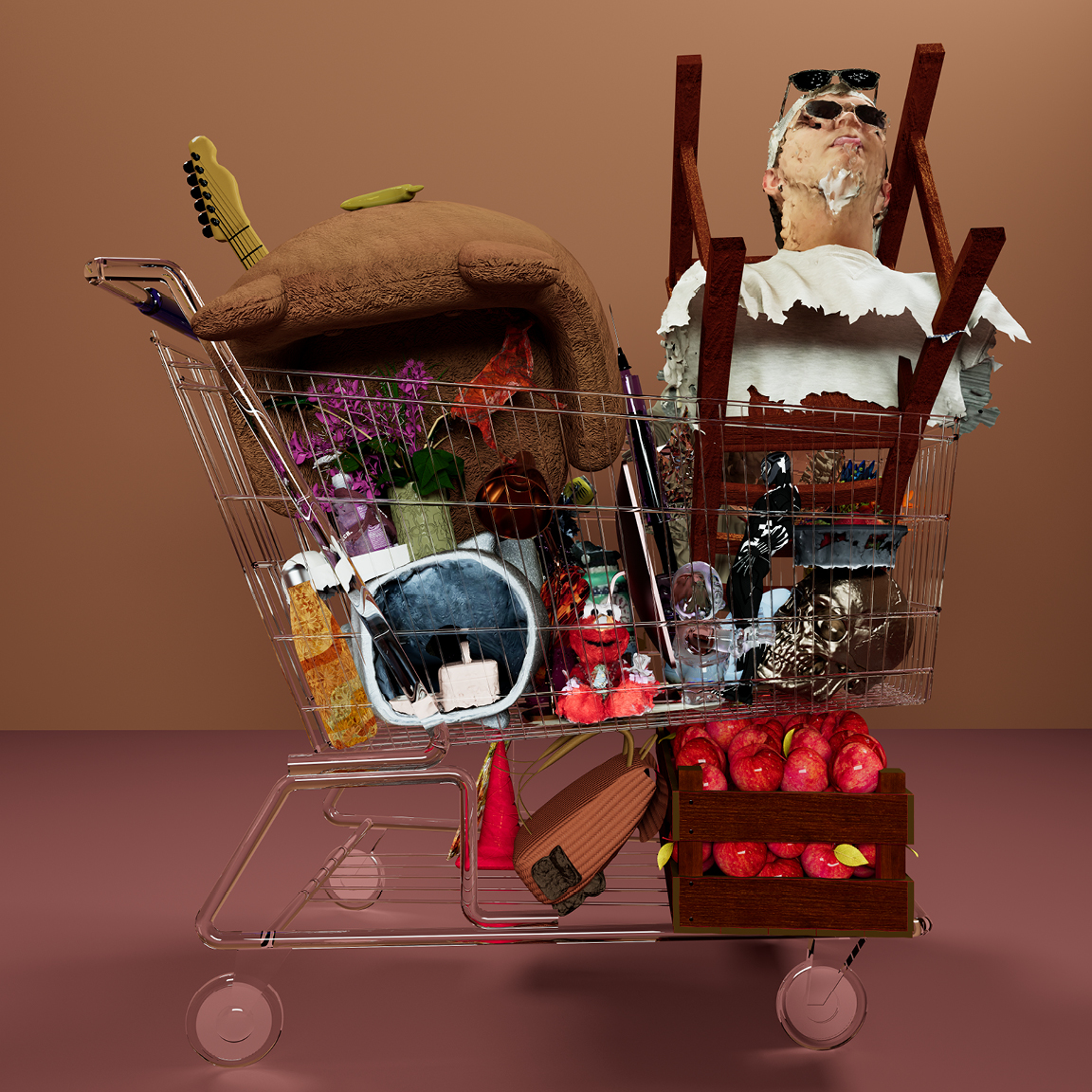


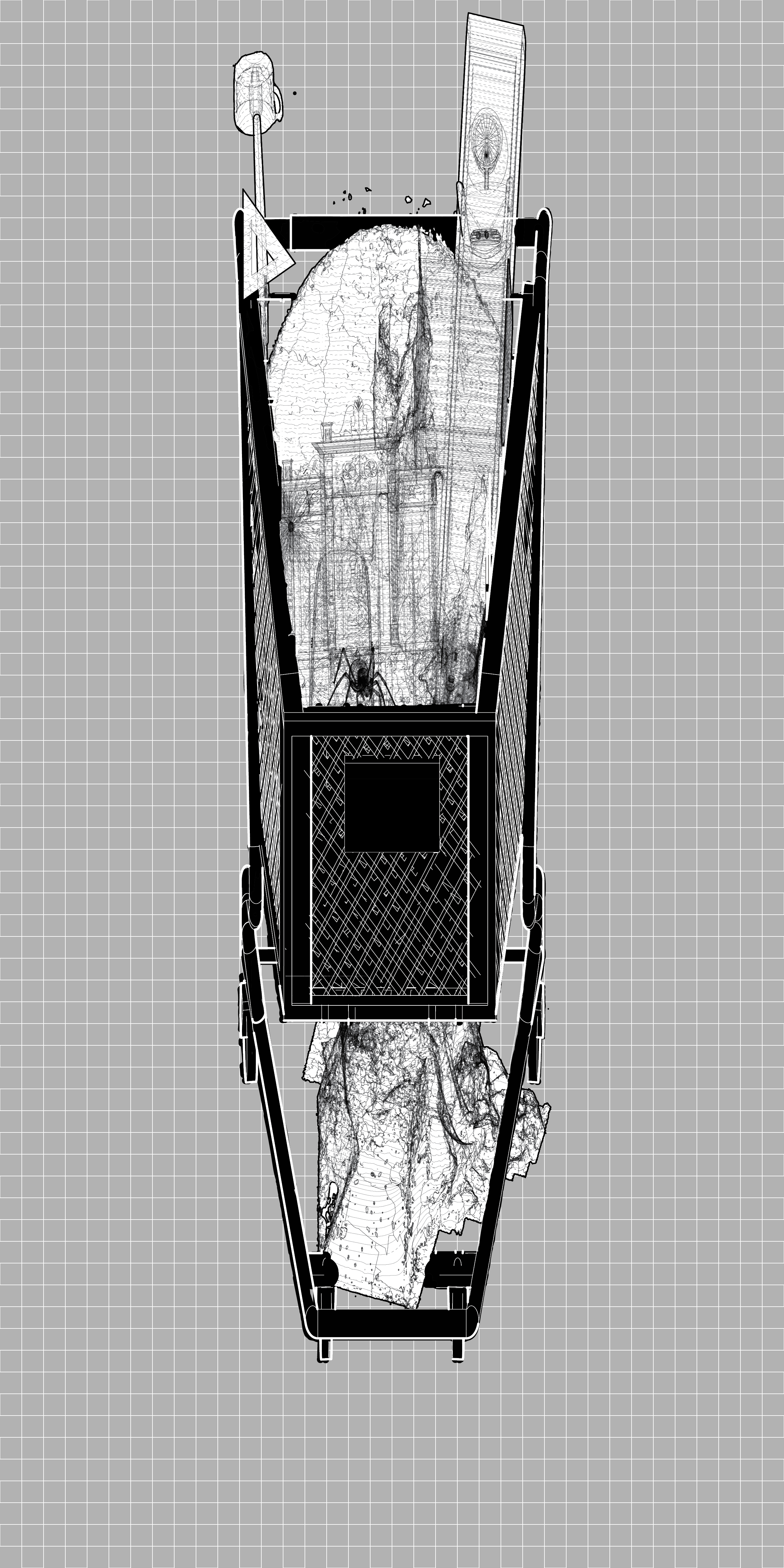

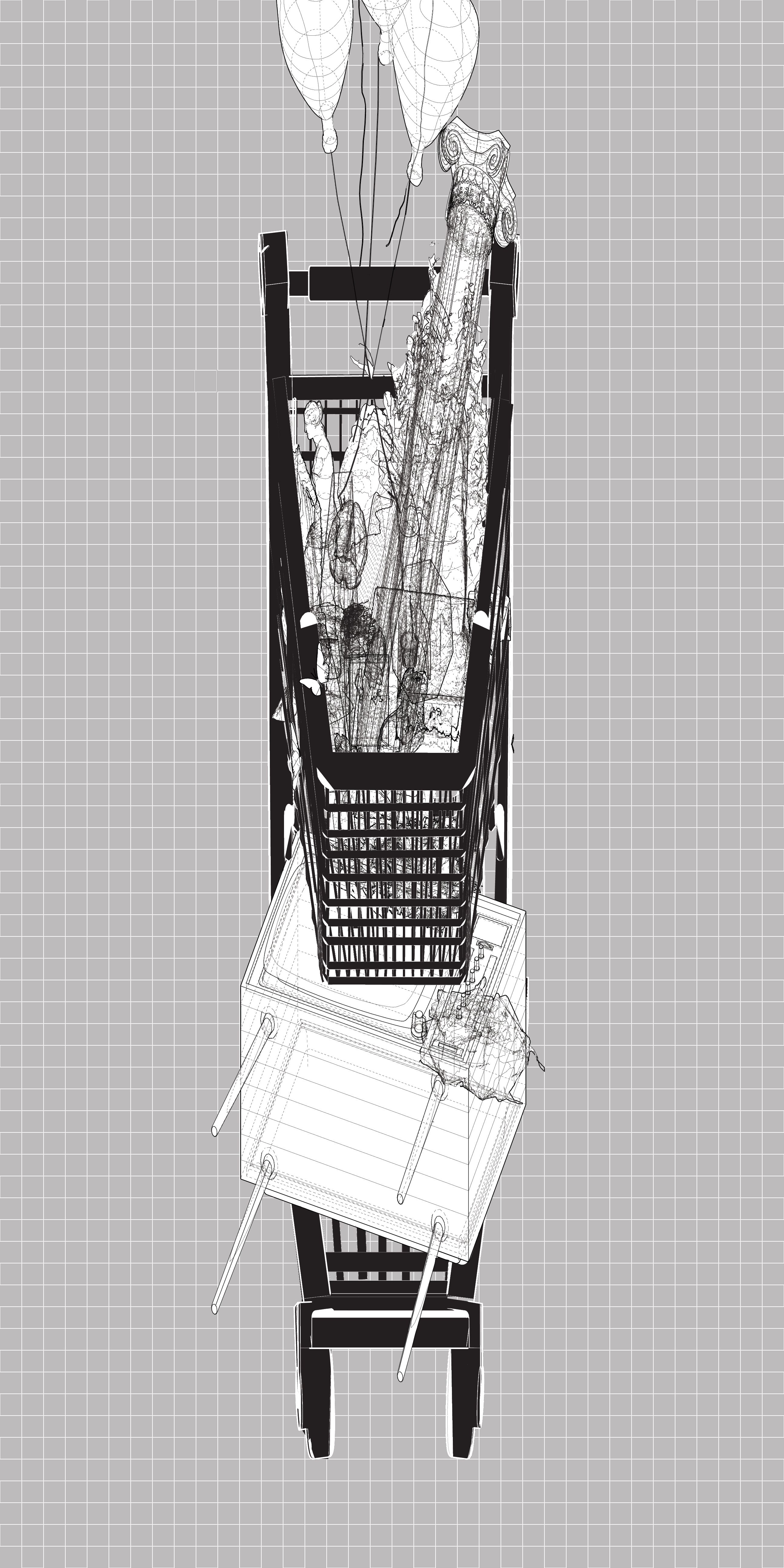



03. Para-Market
Students collaborate with their peers in bigger teams (4, 5, or 6). They are asked to reuse and upcycle all designed objects and drawings from previous exercises to fill a physically constructed parafictional market. The presentation connects the digital model space, physical model space, and presentation space through a live stream interface. The studio rethinks upcycle in architecture and design discourse through a new representation format by exchanging the front-of-house presentation and the back-of-house production.
Students collaborate with their peers in bigger teams (4, 5, or 6). They are asked to reuse and upcycle all designed objects and drawings from previous exercises to fill a physically constructed parafictional market. The presentation connects the digital model space, physical model space, and presentation space through a live stream interface. The studio rethinks upcycle in architecture and design discourse through a new representation format by exchanging the front-of-house presentation and the back-of-house production.
